Research on Classification Algorithm of Ship Radiated Noise Data Based on Generative Adversarial Network
-
摘要: 基于机器学习的舰船目标识别近年来已成为水声信号处理领域的一个重要研究方向,但水声目标信号的获取困难,样本量不足和不均衡的问题很容易导致目标分类模型的识别效果不佳。该文提出一种基于条件卷积生成对抗网络的船舶噪声数据分类方法,该方法利用生成对抗学习理论,生成相比于传统数据增强算法非线性特征更强,特征差异更丰富的伪DEMON调制谱数据来缓解训练样本量不足的问题。之后将传统生成对抗网络中的全连层输出替换成更善于解决小样本问题集成分类器,从而降低分类器对于数据量的依赖程度,进一步提高分类模型性能。最终由基于真实样本的实验结果表明,相比于传统数据增强算法和卷积生成对抗网络,该文方法能够更有效提高在样本不足条件下的模型的分类性能。Abstract: In recent years, ship target recognition based on machine learning has become an important research direction in the field of underwater acoustic signal processing, but the acquisition of underwater acoustic target signal is difficult, and the problem of insufficient sample size and imbalance leads easily to the poor recognition effect of target classification model. A ship noise data classification method based on Generative Admission-Network (GAN) is proposed in this paper. This method uses generative admission-learning theory to generate pseudo-DEMON modulation spectrum data with stronger nonlinear characteristics and richer feature differences compared with traditional data enhancement algorithms to alleviate the problem of insufficient training sample size. Then, the output of the whole connection layer in the traditional generative adversarial network is replaced by an ensemble classifier which is better at solving the problem of small samples, so as to reduce the dependence of the classifier on the amount of data and improve further the performance of the classification model. Finally, experimental results based on real samples show that, compared with traditional data enhancement algorithms and generative adversarial networks, the proposed method can improve the classification performance of models with insufficient samples more effectively.
-
表 1 样本不均衡下分类结果(第4类样本不足)
C1 C2 C3 C4 查准率 0.91 0.93 0.88 0.60 查全率 0.95 0.89 0.92 0.43 F1 0.94 0.91 0.91 0.57 表 2 使用常规DCGAN网络分类结果
C1 C2 C3 C4 查准率 0.93 0.95 0.81 0.78 查全率 0.98 0.64 0.95 0.88 F1 0.96 0.77 0.88 0.82 表 3 使用SMOTE算法扩充样本+Stacking分类结果
C1 C2 C3 C4 查准率 0.87 0.90 0.86 0.94 查全率 0.93 0.93 0.97 0.87 F1 0.90 0.92 0.91 0.90 表 4 使用改进的条件DCGAN分类结果
C1 C2 C3 C4 查准率 0.94 0.94 0.96 0.93 查全率 0.90 0.93 0.95 0.90 F1 0.93 0.93 0.95 0.91 表 5 分类结果总体对比
不均衡
StackingDCGAN
(FC层输出)SMOTE
StackingcDCGAN
Stacking查准率 0.83 0.87 0.89 0.94 查全率 0.80 0.86 0.93 0.92 F1 0.83 0.86 0.91 0.93 表 6 原始小样本数据集分类结果
KNN RF SVM Stacking 查准率 0.84 0.93 0.94 0.87 查全率 0.79 0.77 0.75 0.85 F1 0.81 0.84 0.83 0.86 表 7 使用SMOTE对数据扩充后分类结果
KNN RF SVM Stacking 查准率 0.79 0.83 0.86 0.88 查全率 0.62 0.81 0.84 0.87 F1 0.53 0.81 0.85 0.88 表 8 使用改进条件DCGAN对数据扩充后分类结果
KNN RF SVM Stacking 查准率 0.82 0.91 0.90 0.90 查全率 0.81 0.89 0.88 0.90 F1 0.81 0.90 0.89 0.90 -
[1] BIANCO M J, GERSTOFT P, TRAER J, et al. Machine learning in acoustics: Theory and applications[J]. The Journal of the Acoustical Society of America, 2019, 146(5): 3590–3628. doi: 10.1121/1.5133944 [2] ÖZDEMIR A, POLAT K, and ALHUDHAIF A. Classification of imbalanced hyperspectral images using SMOTE-based deep learning methods[J]. Expert Systems with Applications, 2021, 178: 114986. doi: 10.1016/j.eswa.2021.114986 [3] CUBUK E D, ZOPH B, MANE D, et al. AutoAugment: Learning augmentation policies from data[J]. arXiv. 1805.09501, 2018. [4] GOODFELLOW I J, POUGET-ABADIE J, MIRZA M, et al. Generative adversarial nets[C]. The 27th International Conference on Neural Information Processing Systems, Montreal, Canada, 2014: 2672–2680. [5] GAO Yingjie, CHEN Yuechao, WANG Fangyong, et al. Recognition method for underwater acoustic target based on DCGAN and DenseNet[C]. The 5th International Conference on Image, Vision and Computing (ICIVC), Beijing, China, 2020: 215–221. [6] LIU Jianshe, ZHU Guangping, and YIN Jingwei. Joint color spectrum and conditional generative adversarial network processing for underwater acoustic source ranging[J]. Applied Acoustics, 2021, 182: 108244. doi: 10.1016/j.apacoust.2021.108244 [7] YANG Miao, HU Ke, DU Yixiang, et al. Underwater image enhancement based on conditional generative adversarial network[J]. Signal Processing:Image Communication, 2020, 81: 115723. doi: 10.1016/j.image.2019.115723 [8] VAN HAARLEM M P, WISE M W, GUNST A W, et al. LOFAR: The low-frequency array[J]. Astronomy & Astrophysics, 2013, 556(A2): 53. doi: 10.1051/0004-6361/201220873 [9] IWANA B K, FRINKEN V, and UCHIDA S. DTW-NN: A novel neural network for time series recognition using dynamic alignment between inputs and weights[J]. Knowledge-Based Systems, 2020, 188: 104971. doi: 10.1016/j.knosys.2019.104971 [10] GAO Yujin, CAIN T, and COOPER P. Automatic detection of underwater propeller signals using cyclostationarity analysis[J]. Mechanical Systems and Signal Processing, 2021, 146: 107032. doi: 10.1016/j.ymssp.2020.107032 [11] 韩雪, 朴胜春, 付金山. 舰船辐射噪声听觉节奏的时变响度特征提取[J]. 哈尔滨工程大学学报, 2020, 41(4): 487–492. doi: 10.11990/jheu.201904011HAN Xue, PIAO Shengchun, and FU Jinshan. Time-varying loudness feature extraction of the audition rhythm of ship radiation noise[J]. Journal of Harbin Engineering University, 2020, 41(4): 487–492. doi: 10.11990/jheu.201904011 [12] 陈雪峰, 张中戈, 黄斌. 基于线谱和DEMON谱的水声目标分类[J]. 指挥信息系统与技术, 2019, 10(4): 61–65. doi: 10.15908/j.cnki.cist.2019.04.011CHEN Xuefeng, ZHANG Zhongge, and HUANG Bin. Classification for underwater acoustic targets based on line spectrum and DEMON spectrum[J]. Command Information System and Technology, 2019, 10(4): 61–65. doi: 10.15908/j.cnki.cist.2019.04.011 [13] 梁俊杰, 韦舰晶, 蒋正锋. 生成对抗网络GAN综述[J]. 计算机科学与探索, 2020, 14(1): 1–17. doi: 10.3778/j.issn.1673-9418.1910026LIANG Junjie, WEI Jianjing, and JIANG Zhengfeng. Generative adversarial networks GAN overview[J]. Journal of Frontiers of Computer Science and Technology, 2020, 14(1): 1–17. doi: 10.3778/j.issn.1673-9418.1910026 [14] MIRZA M and OSINDERO S. Conditional generative adversarial nets[J]. arXiv: 1411.1784, 2014. [15] NAKANO F K, MASTELINI S M, BARBON S, et al. Stacking methods for hierarchical classification[C]. The 16th IEEE International Conference on Machine Learning and Applications (ICMLA), Cancun, Mexico, 2017: 289–296. [16] ZHANG Hao, LI Jieling, LIU Ximeng, et al. Multi-dimensional feature fusion and stacking ensemble mechanism for network intrusion detection[J]. Future Generation Computer Systems, 2021, 122: 130–143. doi: 10.1016/j.future.2021.03.024 [17] SANTOS-DOMÍNGUEZ D, TORRES-GUIJARRO S, CARDENAL-LÓPEZ A, et al. ShipsEar: An underwater vessel noise database[J]. Applied Acoustics, 2016, 113: 64–69. doi: 10.1016/j.apacoust.2016.06.008 [18] DEVASSY B M and GEORGE S. Dimensionality reduction and visualisation of hyperspectral ink data using t-SNE[J]. Forensic Science International, 2020, 311: 110194. doi: 10.1016/j.forsciint.2020.110194 -






 下载:
下载:

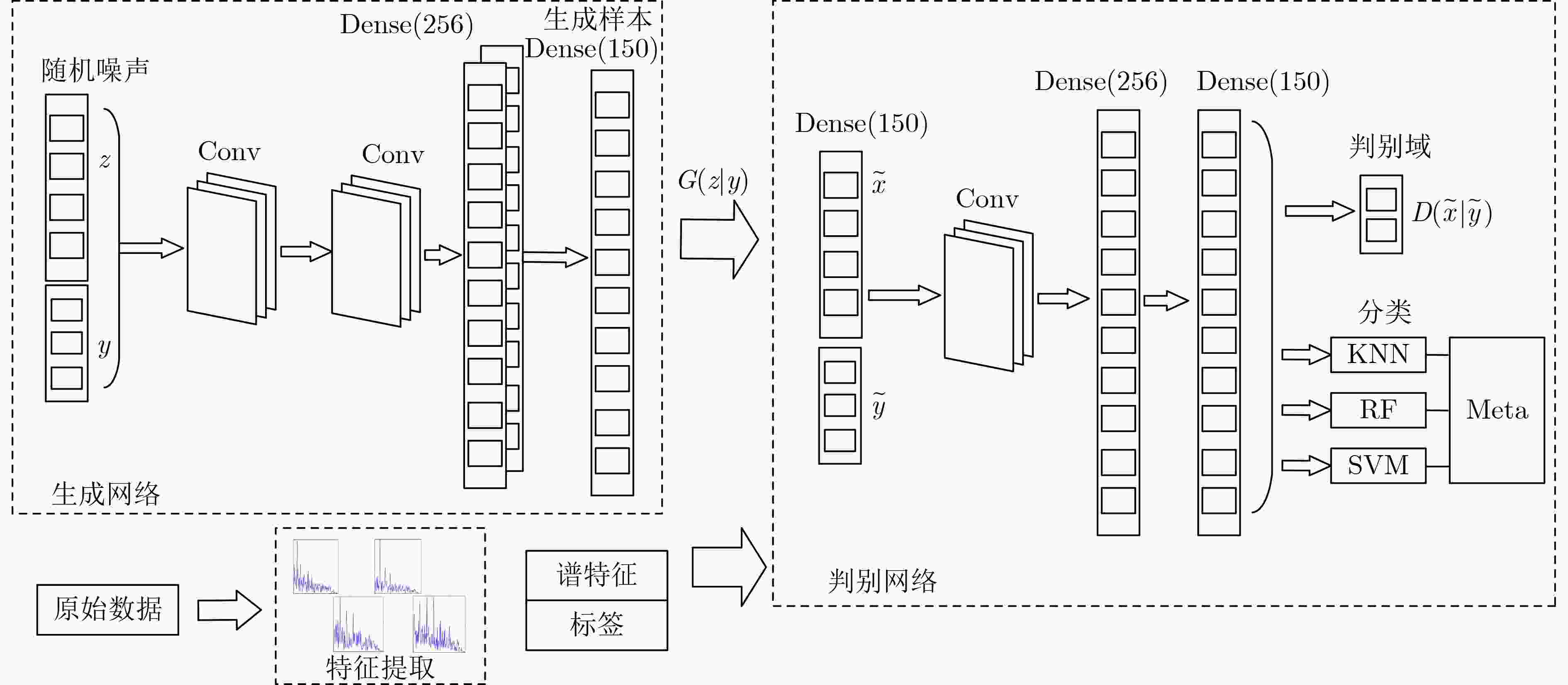
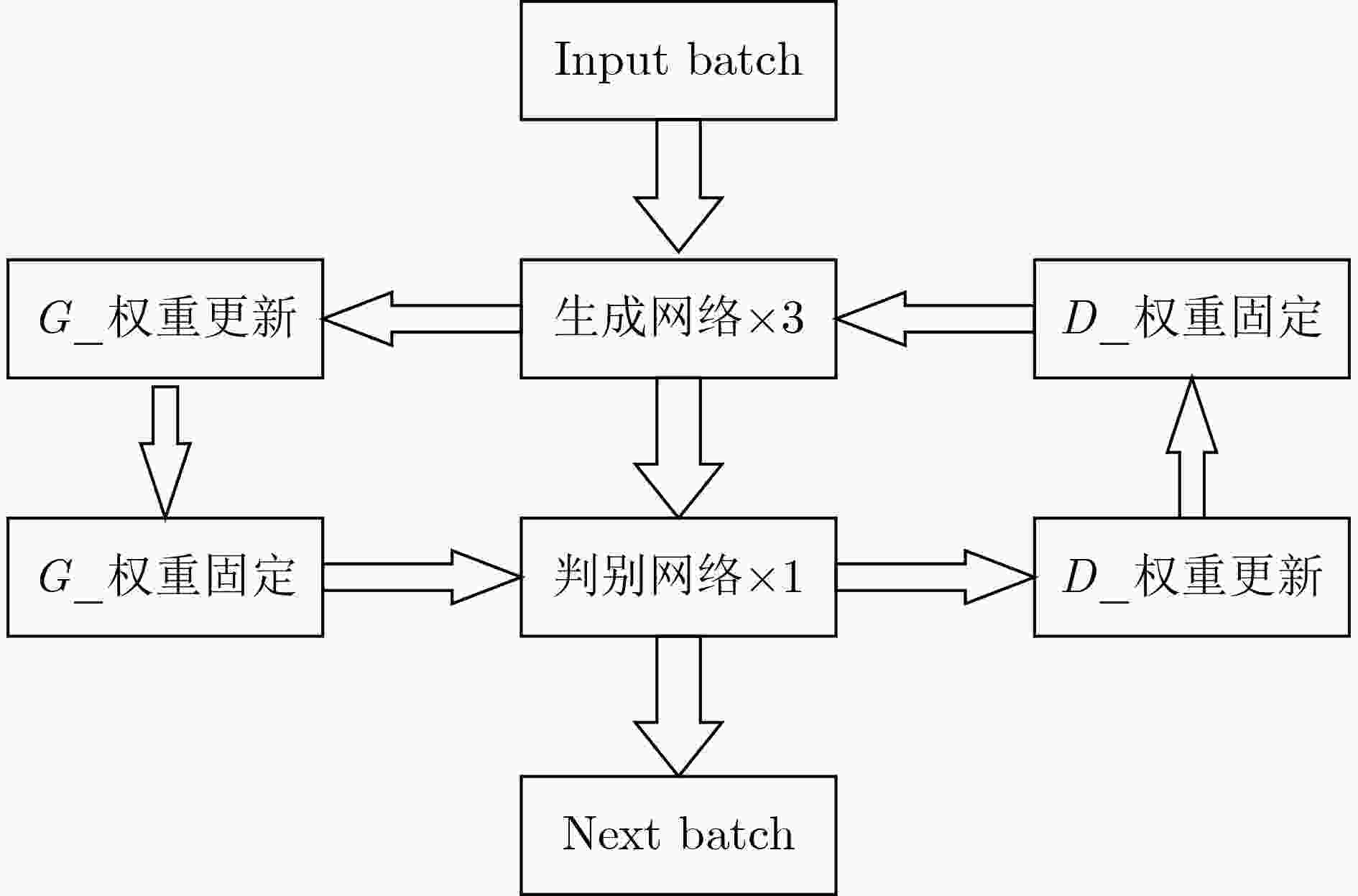

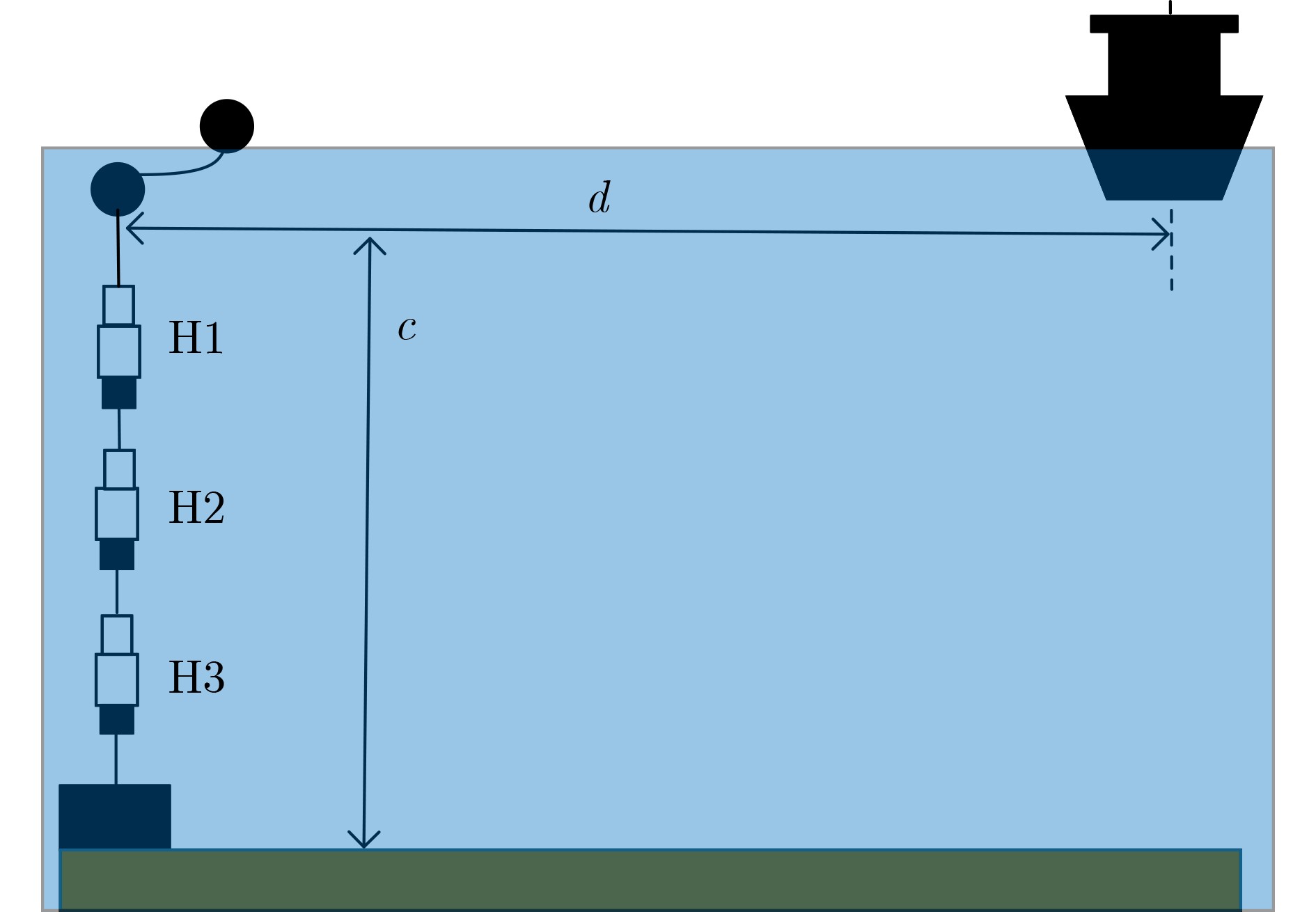


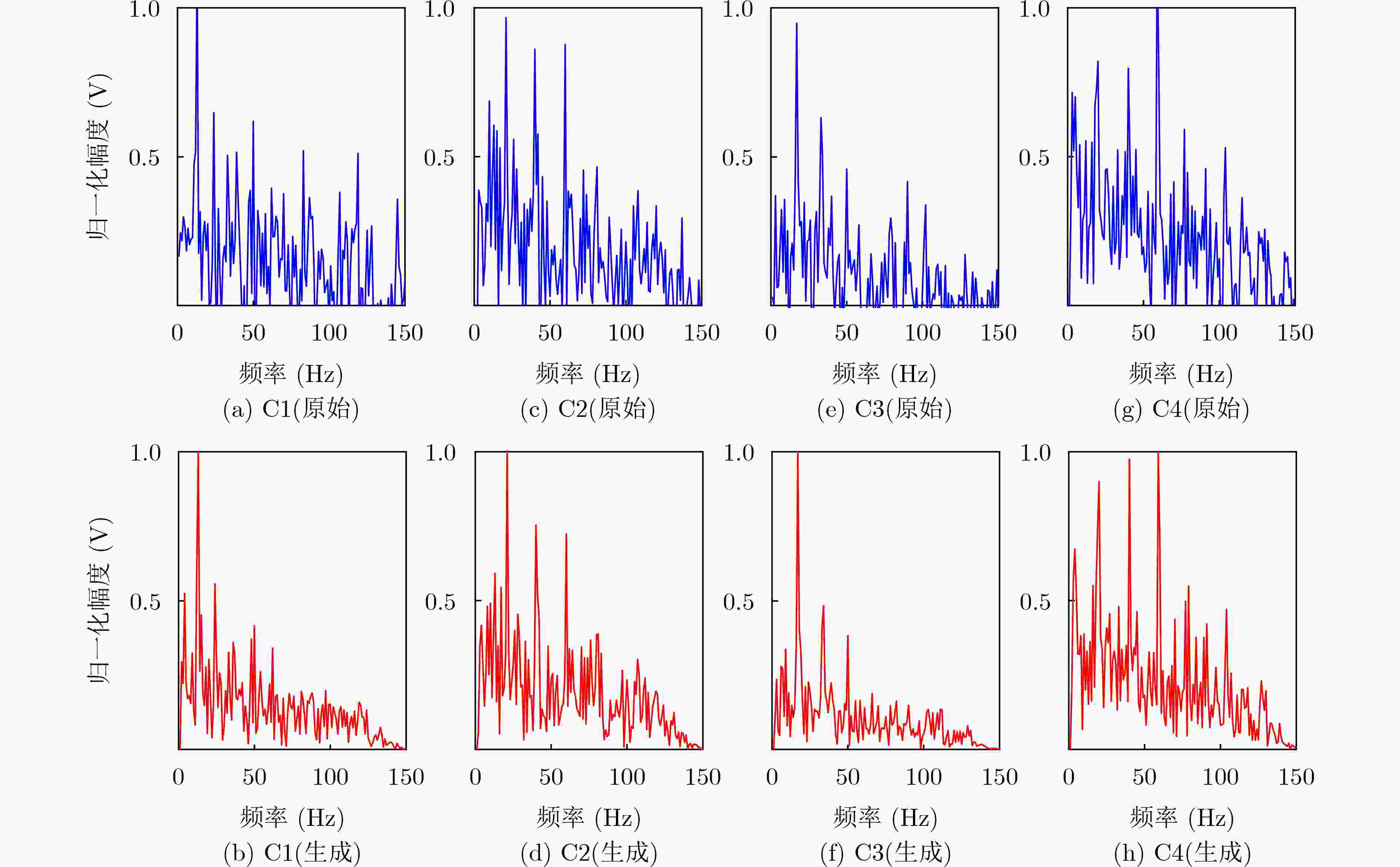


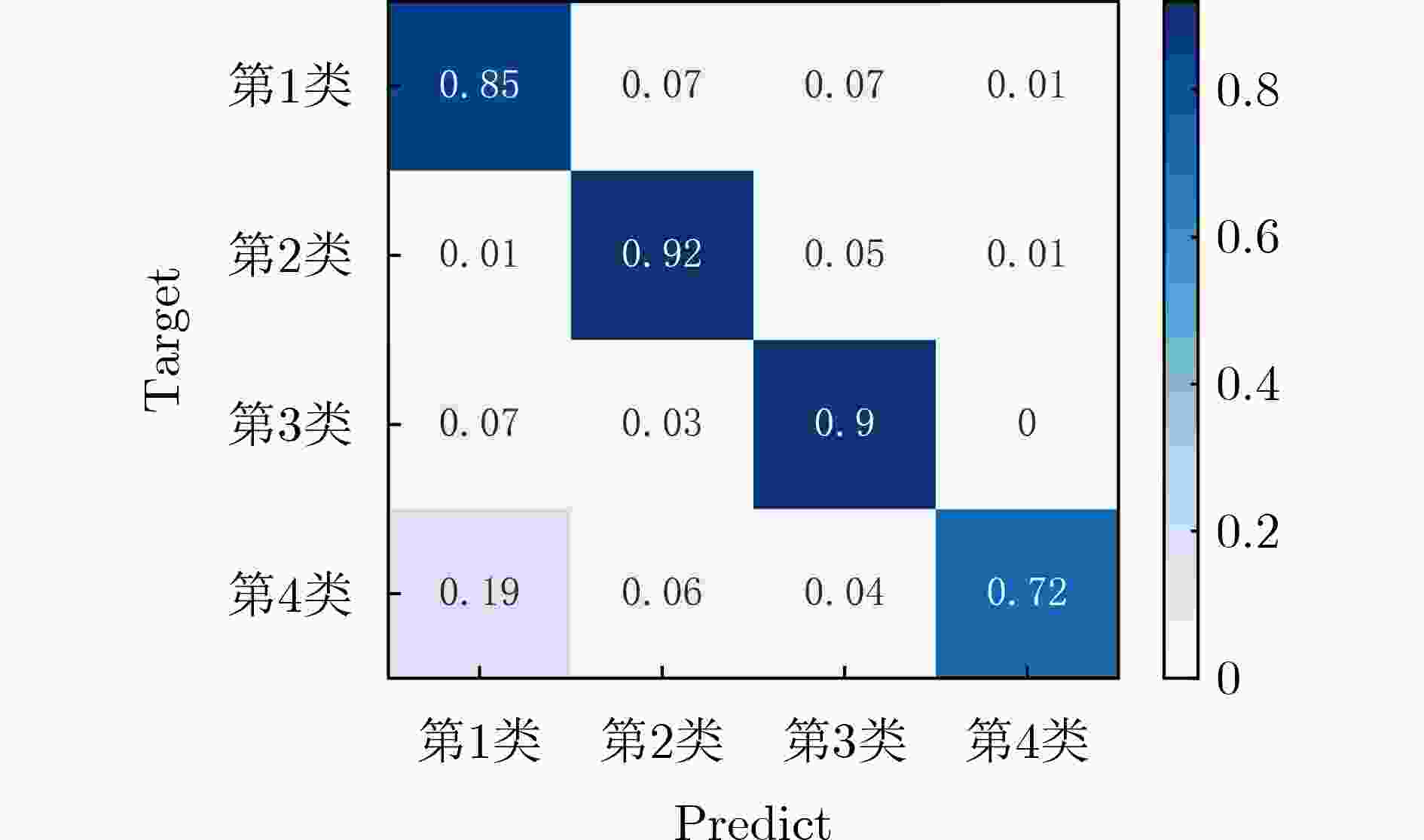
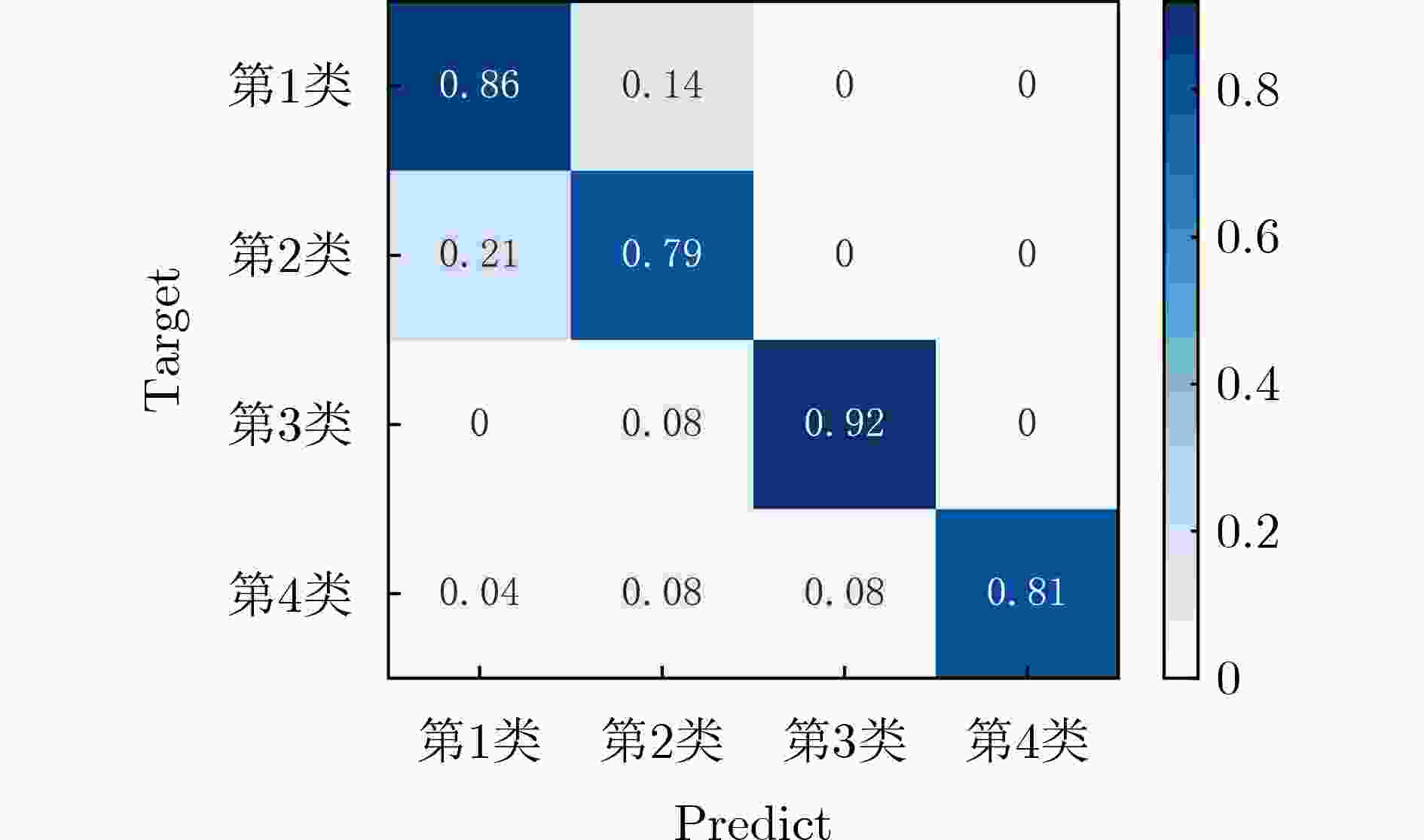
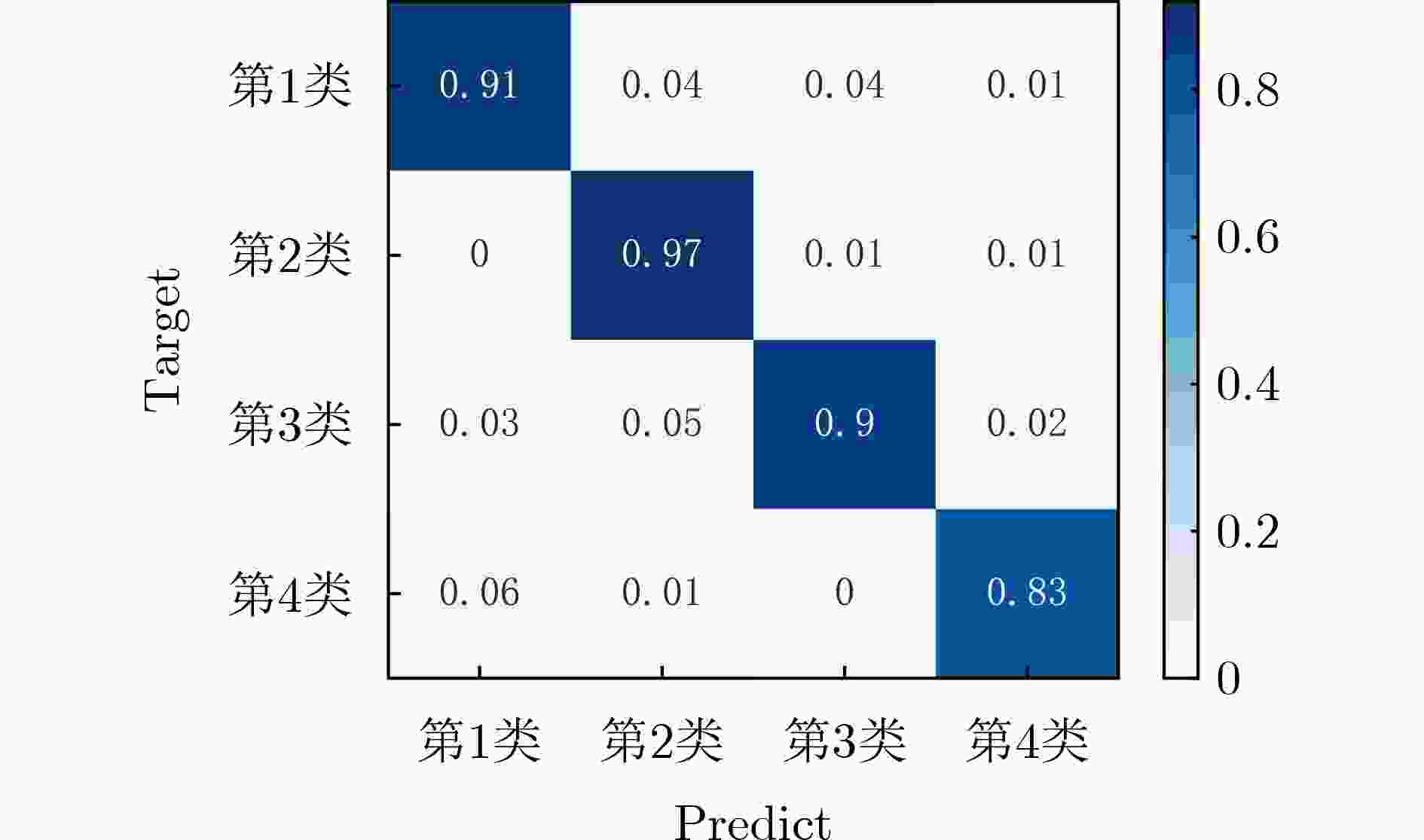


 下载:
下载:
